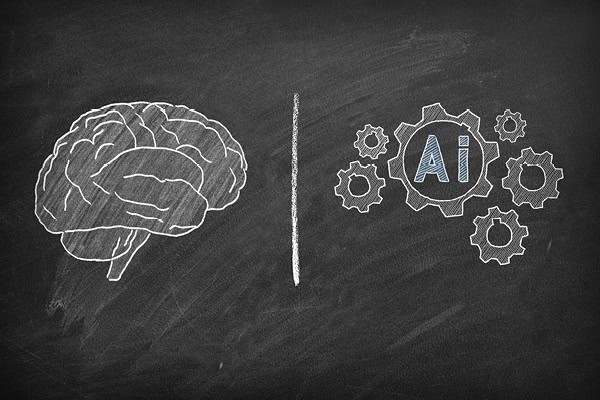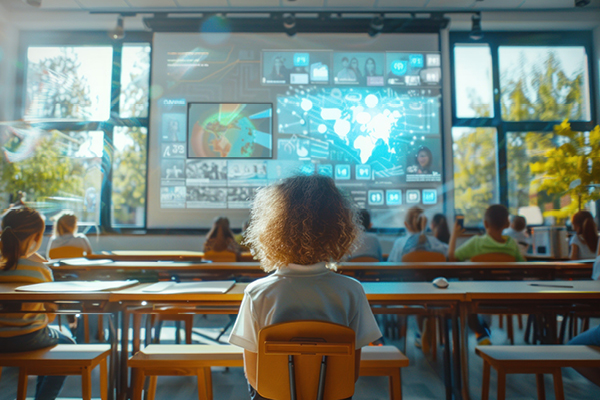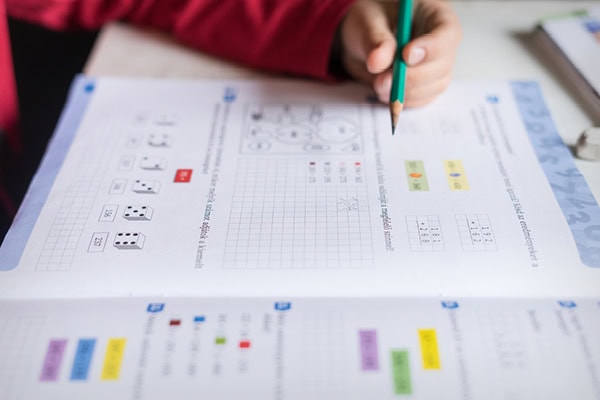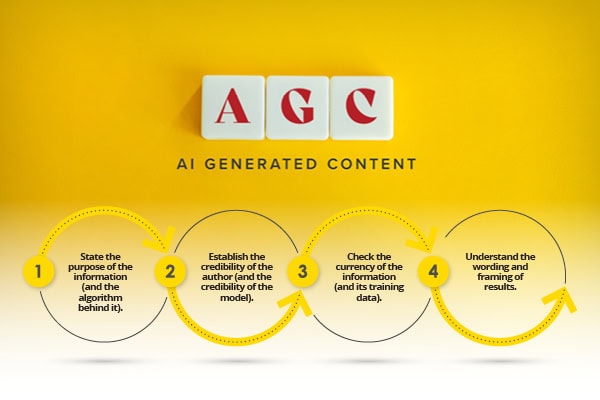The central question remains: How can schools use AI to strengthen, rather than diminish, the human elements of teaching?
AI serves best as a support system that frees teachers to focus on what matters most–building relationships, sparking curiosity, and guiding students through complex learning journeys, according to an article in eSchool News.
When implemented thoughtfully and with a critical eye toward the potential drawbacks, AI enhances education. It can do so without overshadowing the irreplaceable role of human teachers who inspire, mentor, and adapt to each student’s unique needs.
The power of ethical AI in supporting teachers
AI tools make teaching easier only when they protect student privacy and treat all learners fairly. Ethical AI systems have clear rules about data use and transparent guidelines that tell everyone exactly how they work. Teachers must combine tech adoption with educational wisdom to leverage AI and mitigate its detrimental effects. Data privacy is a good example in that arena, but it is not the only one.
Smart educators choose which AI tools best suit their teaching style and classroom needs. Some AI assistants grade papers. Others spot students who might need extra help. Teachers combine these tools with their own methods, saving time on paperwork so they can focus on what they do best: connecting with students.
Building trust through responsible data management
Strict privacy rules protect student information as AI tools track progress and spot learning patterns. Schools set firm boundaries about what data their AI systems can collect and how they use it. This careful planning lets teachers boost student creativity and critical thinking with fresh AI-infused teaching methods while keeping their information private.
Check AI suggestions before implementing them. Make sure they match students’ real needs. Also watch for signs that the AI might favor certain groups of students over others. Regular checks catch problems early, allowing schools to fix issues before they affect anyone’s learning.
Creating personalized learning environments
AI watches how students learn, which methods work best, when they need breaks, and what subjects excite them. Teachers who follow careful AI practices can then match each student with just the right mix of challenge and support, helping to spot who needs help sooner rather than later.
AI handles number-crunching while teachers do what computers can’t — building relationships and sparking curiosity. AI steps in when papers need grading or test scores need tracking. This frees teachers to plan better lessons and spend quality time with students who need one-on-one attention.
Will AI replace teachers?
Teachers bring warmth, wisdom, and real-world understanding to their classrooms. When a student struggles with math anxiety or needs encouragement after a tough day, they need more than algorithmic responses–they need human connection.
AI works best when it supports rather than substitutes for human judgment. Teachers read facial expressions, sense classroom mood shifts, and build the trust that makes learning possible.
The irreplaceable human element
Teachers adapt their teaching style minute by minute, picking up on confused looks or brightening eyes. They can sense when students need a joke to lighten the mood or need a story to make a concept click. These small but vital adjustments happen naturally through intuition and uniquely human awareness that AI simply can’t replicate.
AI as an educational assistant
AI is stellar at analyzing student work patterns, offering activities that match each learner’s interests and giving teachers useful insights about how to spark student engagement. This behind-the-scenes support lets teachers spend less time on paperwork and more time teaching.
Good teachers use AI as a helpful classroom aide. The technology is especially good at automating routine tasks like grading multiple-choice tests, checking grammar, or organizing student data.
Building a collaborative future with AI and human teachers
Organic experimentation shows which AI tools are useful and which ones need work to be relevent.
Students benefit the most when their teachers feel confident using AI tools. A math teacher might use AI to generate varied practice problems while maintaining their unique teaching approach. A writing teacher could use AI to provide quick first-round feedback, leaving more time for meaningful discussions about story structure and creative expression.
Designing hybrid learning models
AI tools fit naturally into existing lesson plans when teachers match them to specific learning goals. Some classes use AI writing assistants to help students brainstorm ideas; others use AI-powered math tools to visualize complex concepts. Teachers pick tools that complement their subject matter and teaching methods.
With AI support, each classroom develops its own rhythm. Morning sessions might start with AI-generated warm-up questions, followed by teacher-led discussions that bring concepts to life. Teachers adjust these patterns based on student reactions, keeping what works and changing what doesn’t.
Maintaining the human connection
AI handles routine tasks. Teachers create memorable learning moments. They lead class discussions, share personal stories that make lessons stick, and notice when students need extra encouragement. Small group projects and one-on-one conversations remain central to high-quality teaching. AI tools run in the background, tracking progress and suggesting next steps while teachers move through their classrooms, connecting with students.
Final thoughts
Technology works in the service of teaching, not the other way around. Smart classrooms blend AI tools with skilled instruction, creating spaces where students learn from both digital insights and human wisdom. The conscious integration of AI into education opens new possibilities and keeps the focus where it belongs–on the learning moments that happen between teachers and students.
eSchool News




